In traditional manufacturing workshops, a slitting and rewinding machine is often an isolated "tough guy". It is extremely powerful, accurately cutting huge sheets of film, paper, non-woven fabrics and other materials into predetermined sizes and rewinding them into neat rolls. However, its "personality" is fixed, the task is single, and once the order specifications change, it often requires tedious commissioning and downtime, which is facing unprecedented challenges in the factory of the future that pursues efficiency and flexibility.
The picture of the factory of the future is data-driven, on-demand production, and highly flexible "infinite possibilities". It requires production units to be no longer silos, but intelligent nodes that can respond instantly, flexibly reorganize, and self-optimize. In this wave, the slitting and rewinding machine, a key player in back-end processing, is undergoing a gorgeous transformation through the deep integration of modular design and cloud platform, evolving from a functional machine to an open production service platform.
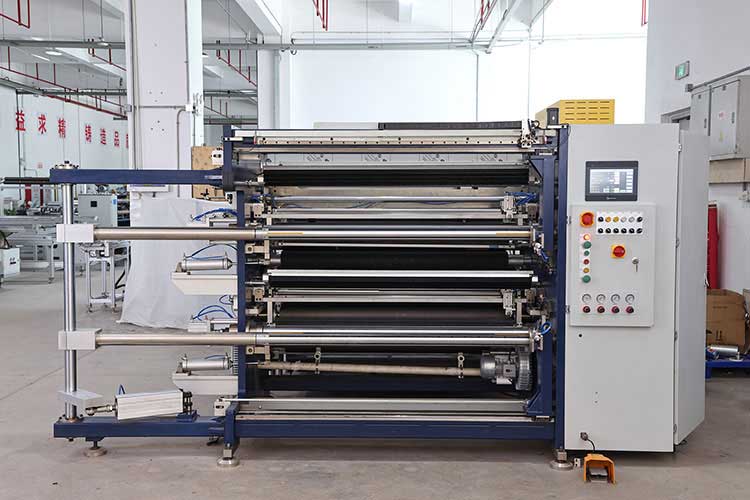
1. Modular design: give the physical form the ultimate flexibility
Modularity is the physical cornerstone of the slitting rewinder to adapt to the future. It deconstructs a complete machine into a series of standardized, pluggable functional units.
• Independent core modules: unwinding module, traction module, slitting module (can be equipped with a variety of tool types, such as flat cutter, round cutter, ultrasonic cutter), winding module (can support center rewinding, surface rewinding, multi-station turret), inspection module, etc., can all be independently designed and upgraded.
• "Lego-style" combinations: customers can choose the basic configuration based on the core requirements of the current order, such as material properties, precision requirements, efficiency goals. When the product line expands in the future and needs to deal with new materials or specifications, there is no need to replace the whole machine, just add or replace the corresponding functional modules like Lego. For example, upgrading from handling ordinary packaging films to high-value optical films only requires upgrading the slitting module and adding a defect detection module.
The revolutionary advantages of this modularity are:
• Lower initial investment: Configure on demand to avoid paying for redundant features.
• Extremely flexible production: Reduce production line changeover time from hours to minutes, making it easy to handle small batches and multiple batches of orders.
• Easy maintenance and upgrade: Individual module failures do not affect the whole, and the cost of repair and technology iteration is lower.
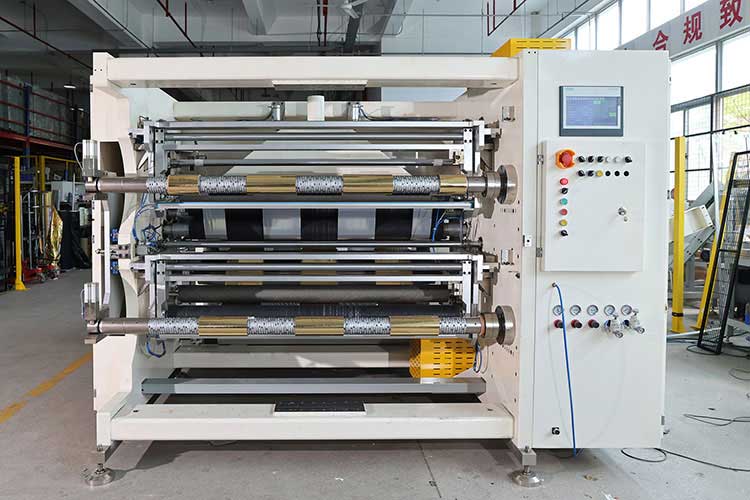
2. Cloud platform: the "super brain" injected with data intelligence
If modularity gives the slitting and rewinding machine a flexible "torso", then the cloud platform is its interconnected "nerve center" and "super brain". It connects every device distributed around the world to achieve data aggregation, analysis and empowerment.
• Status transparency and predictive maintenance: The cloud platform monitors the operating data of each module in real time – motor current, bearing temperature, tool wear. Through big data analysis, it can warn of potential faults in advance, from "repairing if broken" to "preventing problems before they happen", and maximizing the overall effectiveness of equipment (OEE).
• Cloud synchronization of process parameters: Process parameters such as optimal slitting speed, tension curve, and blade pressure for a specific material can be stored in the cloud as "recipes" once they have been successfully verified in a factory. The same type of equipment anywhere in the world can call up the formula with one click when receiving similar orders, achieving instant replication of "best practices" and ensuring the consistency of global product quality.
• Capacity optimization and order management: The cloud platform can connect to enterprise ERP/MES systems to gain real-time insights into the capacity status of all networked slitting and rewinding machines. When a new order arrives, the system can automatically match the most idle and suitable equipment for production, realizing the overall optimization of production capacity within the factory and even the entire group.
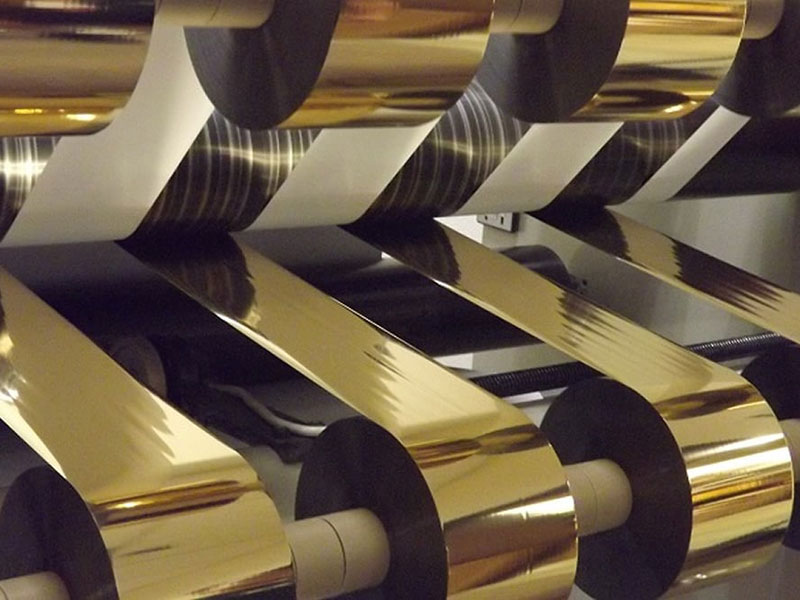
3. Modular + cloud platform: open up infinite scenarios of the future factory
When the extreme flexibility of the physical world is combined with the infinite intelligence of the digital world, the application scenarios of slitting and rewinding machines are greatly expanded.
1. Personalized customization of "production on demand": In the future, customers may place an order for a roll of material with special specifications through an online portal. Orders are directly sent to the cloud platform, which automatically generates processing programs and instructs the most suitable modular equipment for production. From order placement to production completion, no one intervenes in the whole process, truly realizing C2M (customer direct manufacturing).
2. A servitized extension of "worry-free operation": Manufacturers can no longer just sell machines, but offer "slitting as a service". Customers pay by the number of meters or rolls processed by the coil, while all maintenance, upgrades, and optimization of the equipment are handled remotely by the supplier behind the cloud platform. This has completely changed the business model and deeply bound the interests of both parties.
3. Continuously evolving "life forms": Cloud platforms can continuously train and optimize algorithms by collecting massive device operation data. New slitting process, more energy-efficient operating mode, longer component life...... These optimization results can be continuously empowered by software updates to each networked modular device, allowing the machine to continue to learn and evolve in use like a living organism.
epilogue
In the future, the competition of factories is no longer a competition for the performance of a single equipment, but a contest of agility, intelligence and openness of the entire production system. The slitting and rewinding machine, through the modular design and the two-wheel drive of the cloud platform, successfully breaks through the physical boundaries of traditional machinery and transforms into a dynamic, configurable and self-optimizing production unit.
It is no longer just a "slitting and rewinding machine", but an intelligent node full of infinite possibilities in the future flexible manufacturing ecosystem, quietly waiting for the next instruction to cut out and roll up a new chapter belonging to intelligent manufacturing.




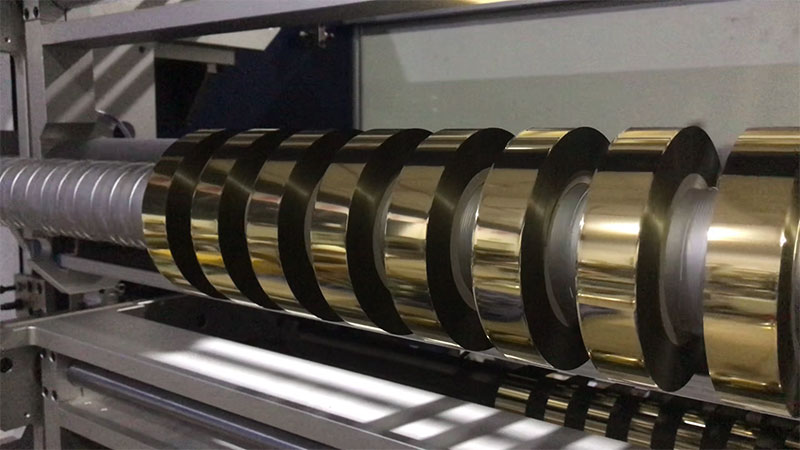
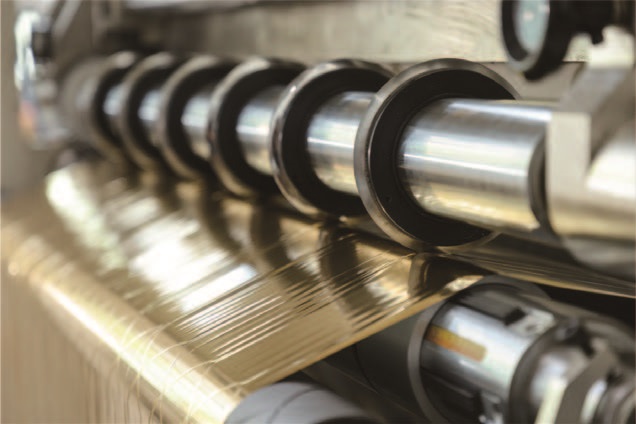
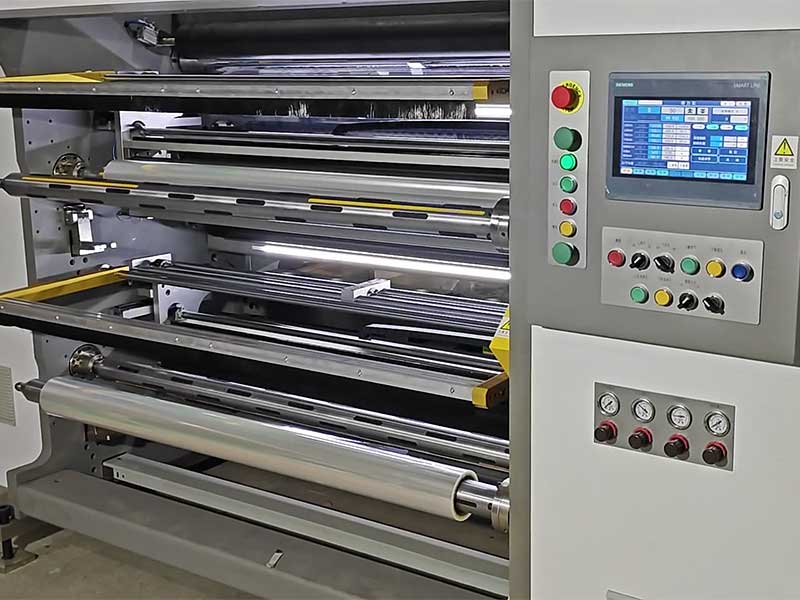
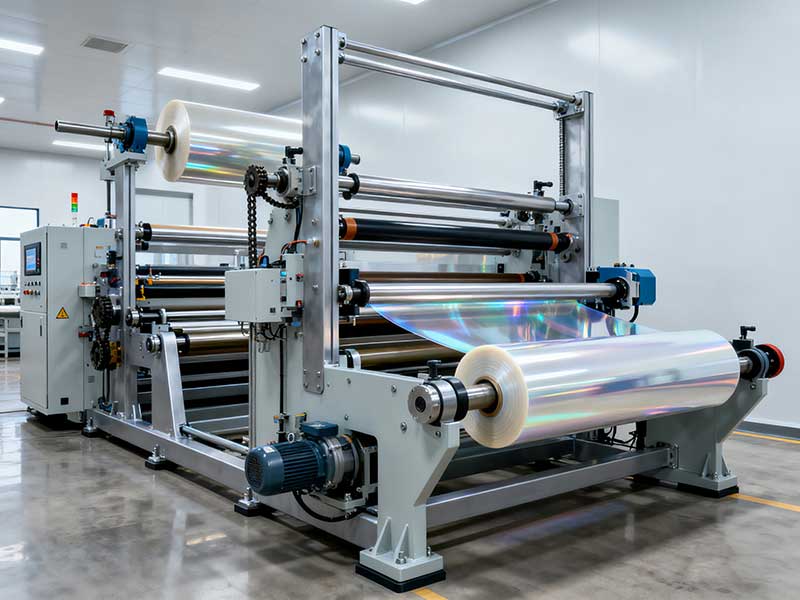
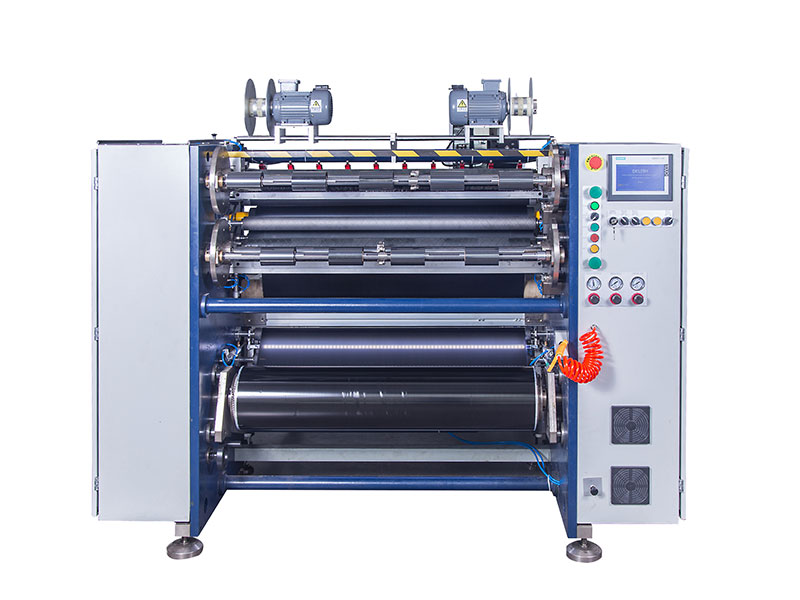 Ribbon Slitting Machine
Ribbon Slitting Machine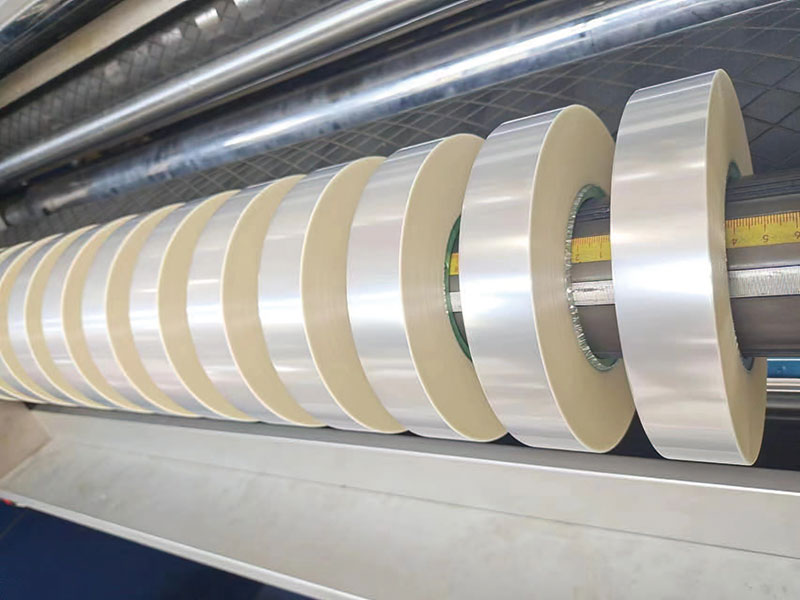 Film Slitting Machine
Film Slitting Machine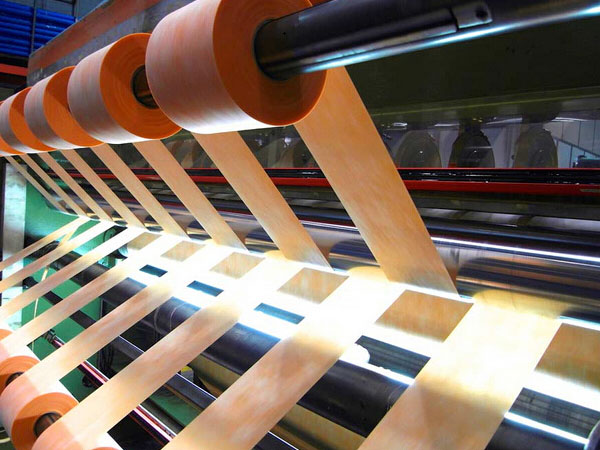 Slitter Rewinder Machine
Slitter Rewinder Machine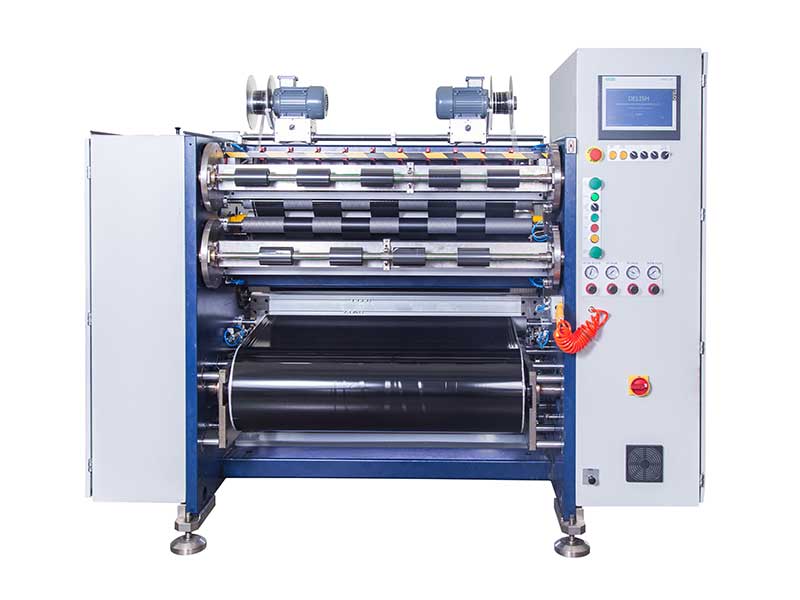 Barcode Ribbon Slitting Machine
Barcode Ribbon Slitting Machine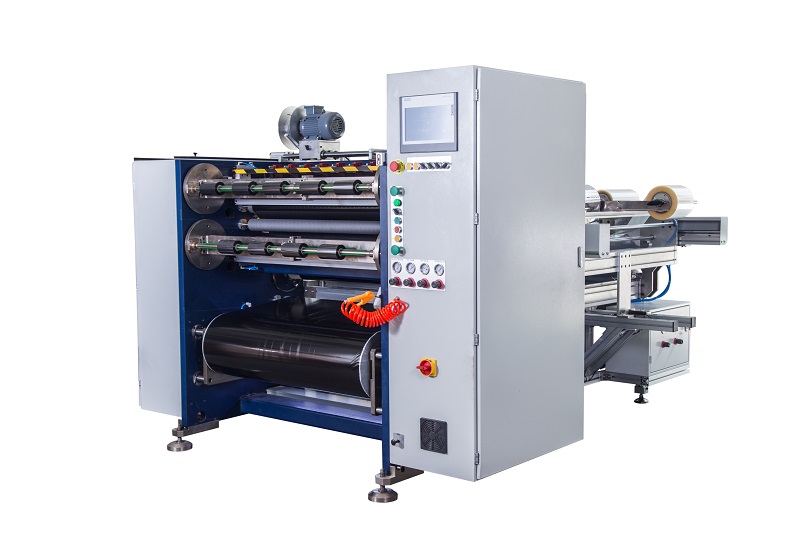 Semi Automatic Thermal Transfer Ribbon Slitter RSDS5 PLUS
Semi Automatic Thermal Transfer Ribbon Slitter RSDS5 PLUS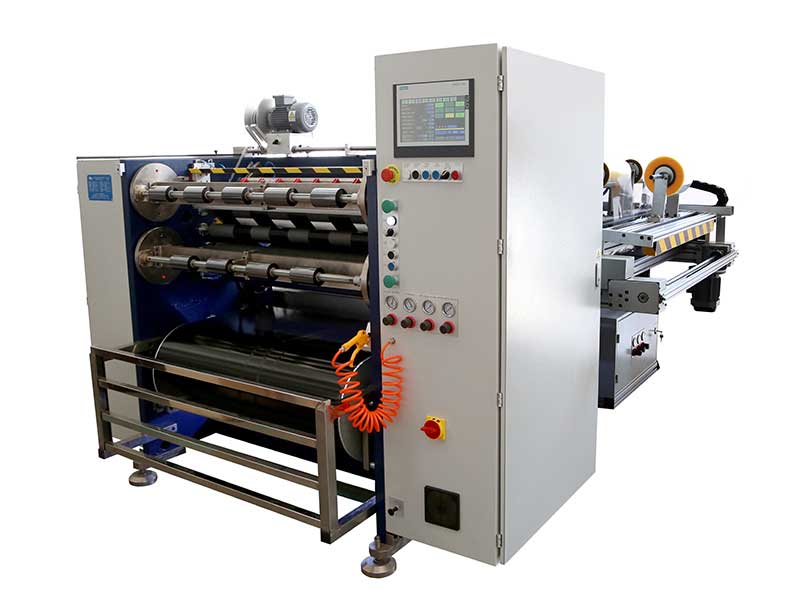 Automatic Thermal Transfer Ribbon Slitter RSDS6 PLUS
Automatic Thermal Transfer Ribbon Slitter RSDS6 PLUS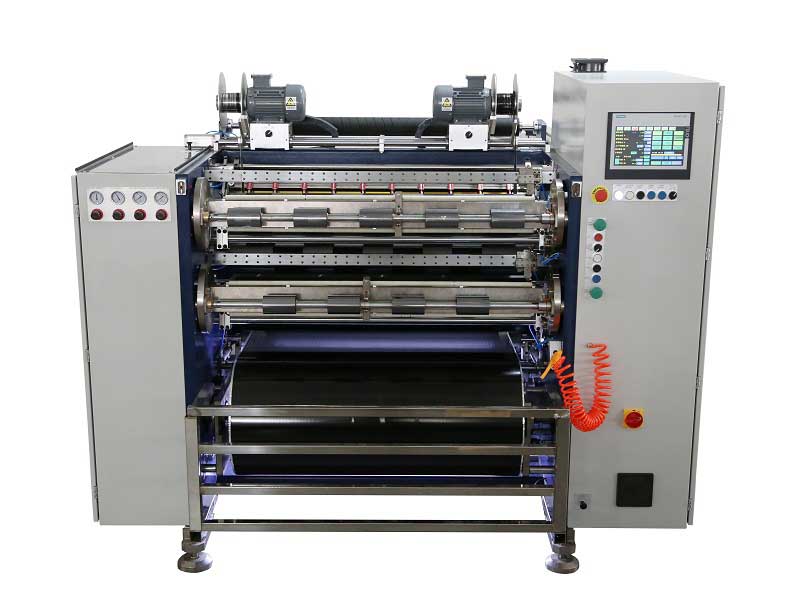 Automatic Thermal Transfer Ribbon Slitter RSDS8 H PLUS
Automatic Thermal Transfer Ribbon Slitter RSDS8 H PLUS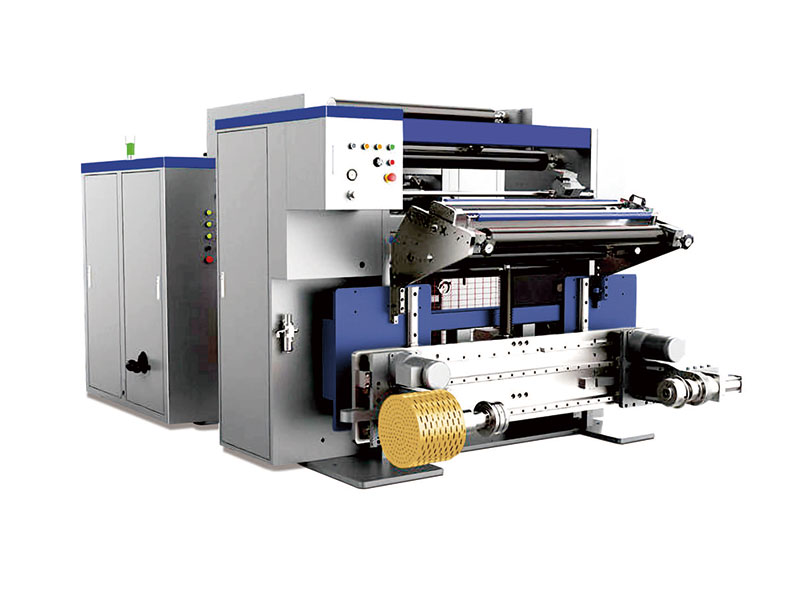 High Speed Slitting Machine
High Speed Slitting Machine





